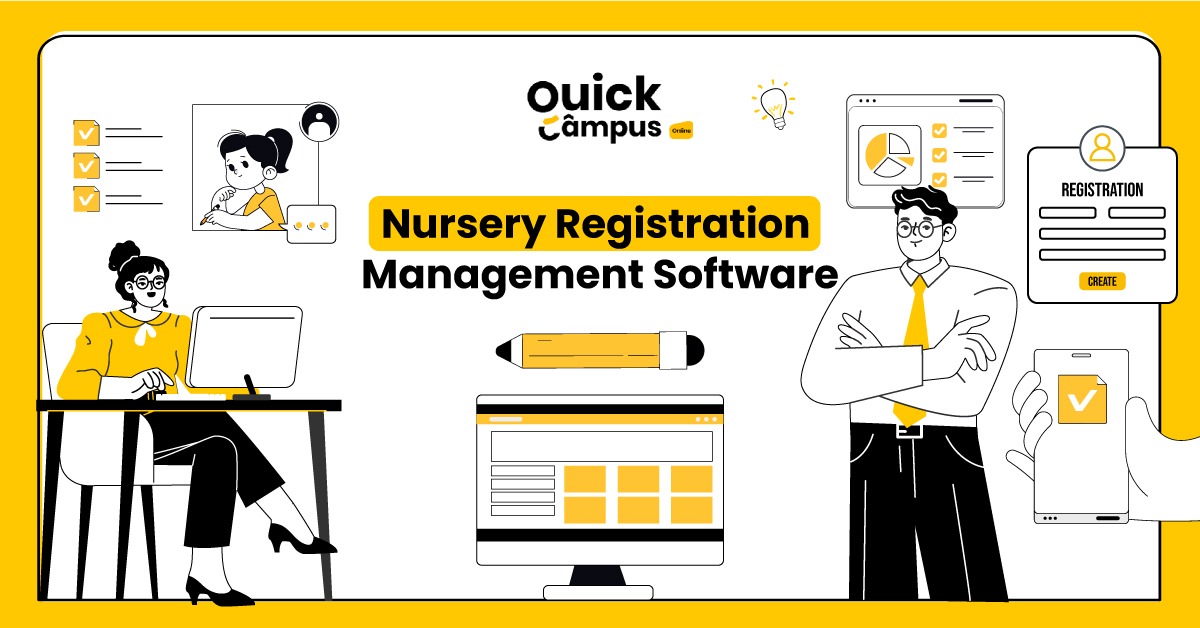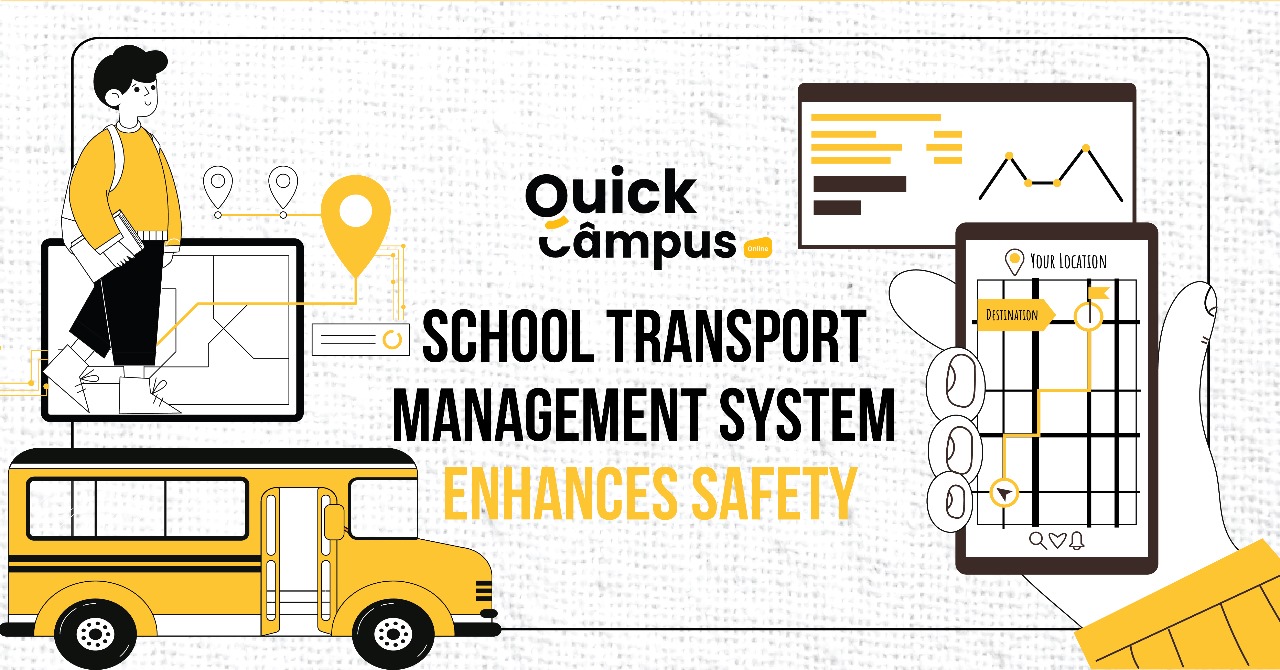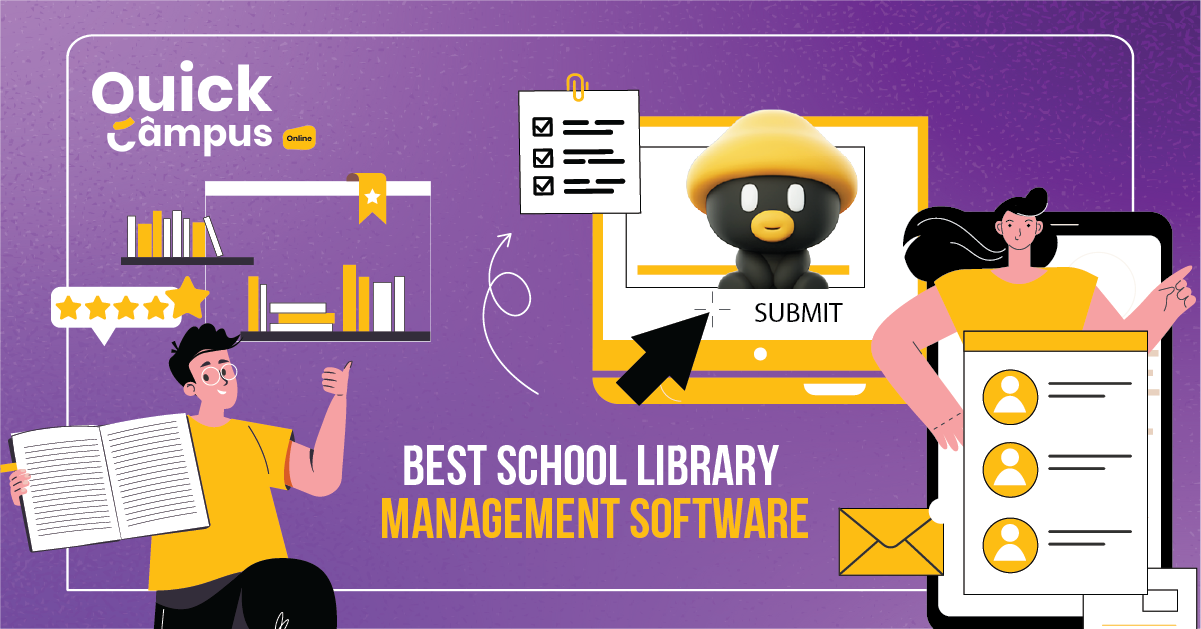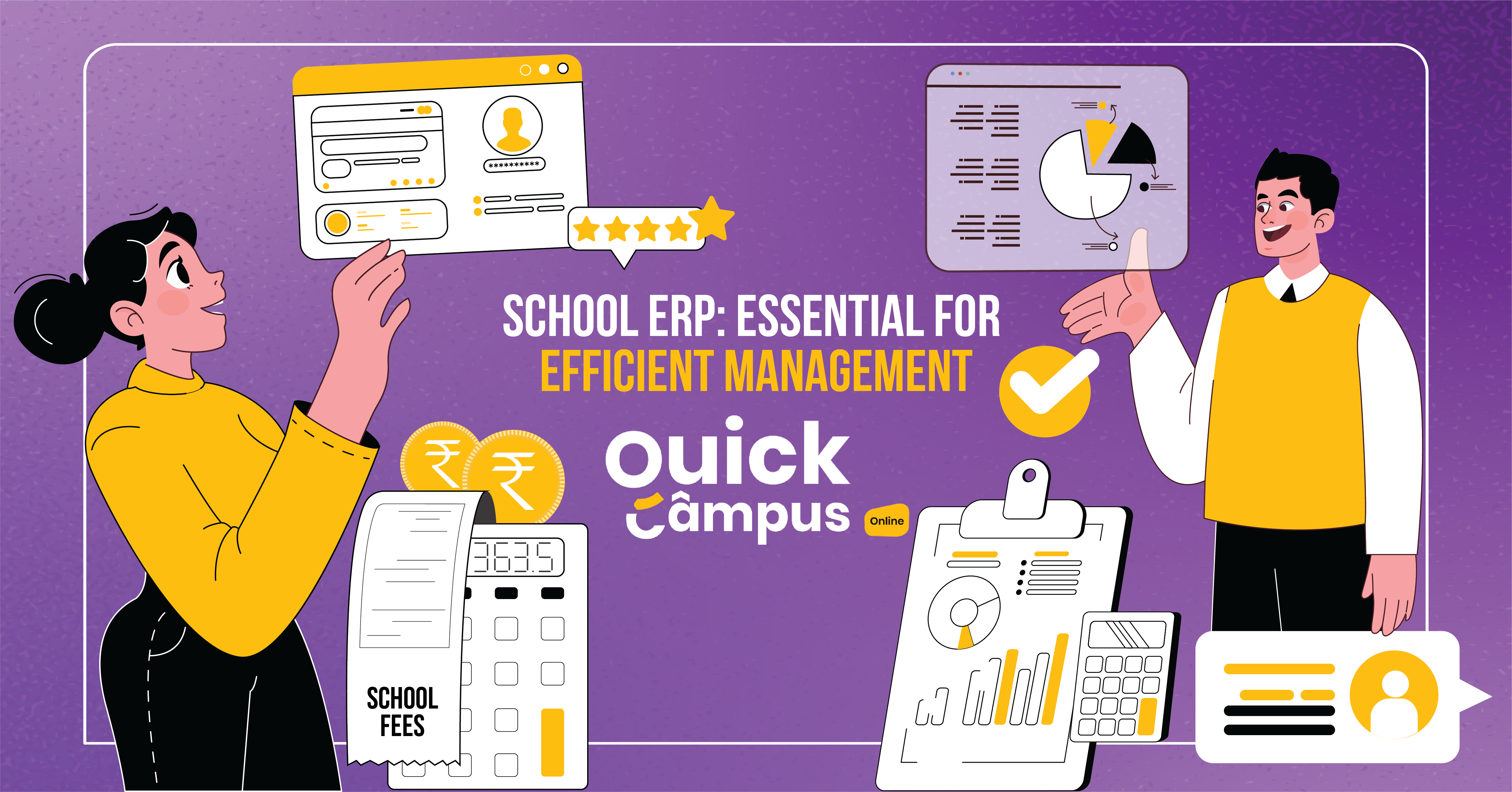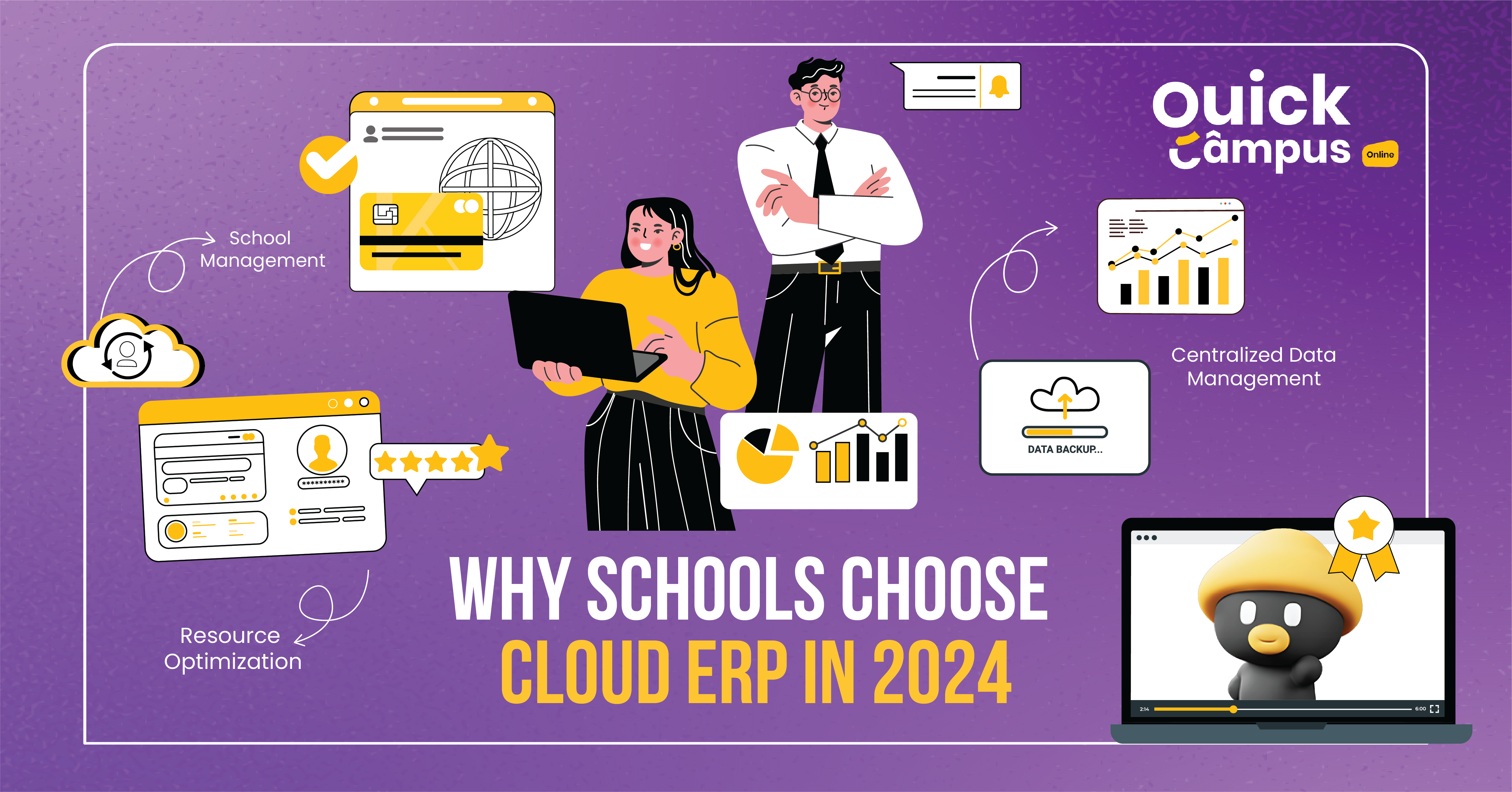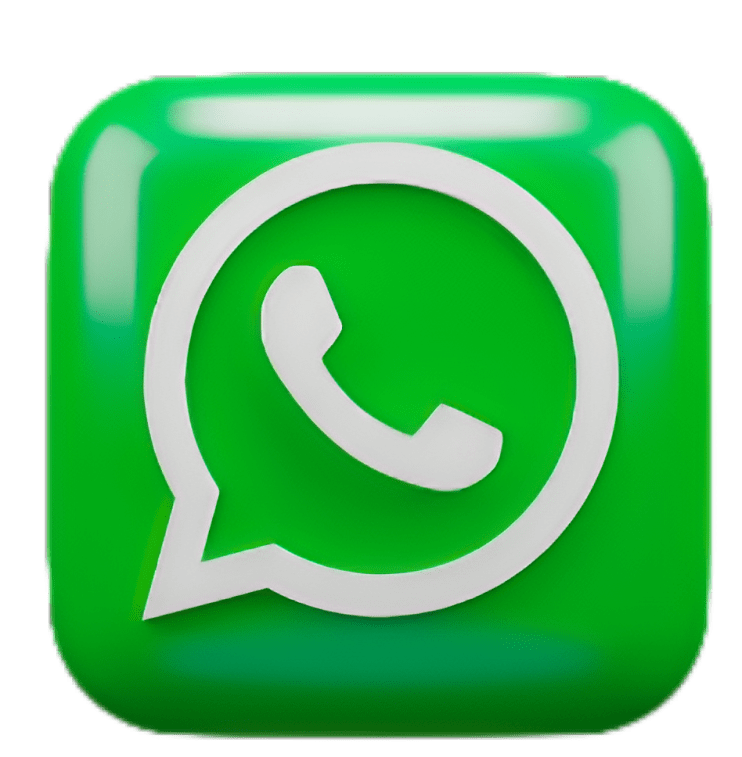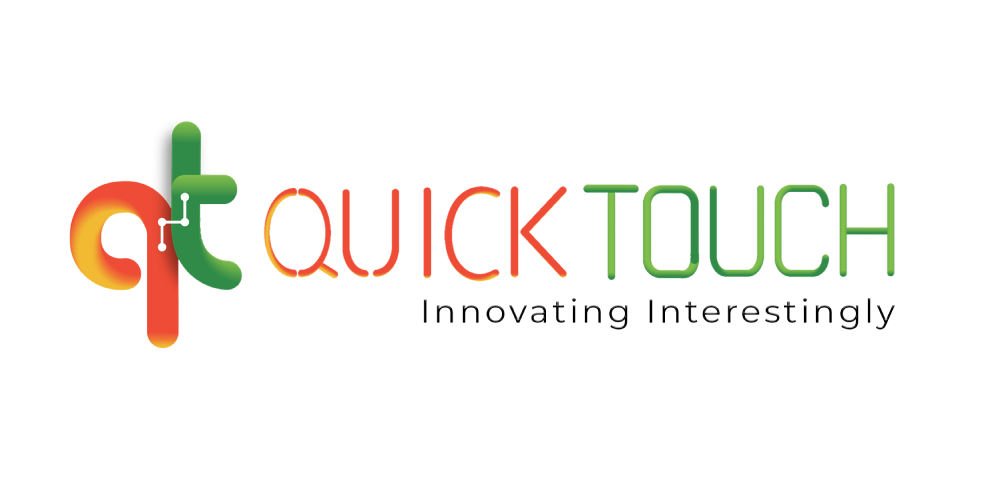Beyond Clicks: The Power of Source Evaluation in Digital Critical Thinking
In the digital age, access to information has always been challenging. However, with the ease of access comes the challenge of distinguishing fact from fiction. Fake news and misinformation are rampant on social media platforms, making it difficult for students to differentiate between real and fake information. This article aims to provide five innovative ways for educators to teach critical thinking skills to their students online.
Defining Fake News and Misinformation
Before educators can teach their students how to spot fake news and misinformation, it is vital to define these terms. Fake news refers to intentionally fabricated information presented as if it were real news. Misinformation, on the other hand, refers to false information, but not necessarily created with the intent to deceive. Educators can explain the difference between the two concepts and provide examples to help students understand.
The Importance of Digital Literacy
Digital literacy encompasses using digital technology, communication tools, and networks to locate, evaluate, use, and create information effectively. Students must understand the importance of digital literacy in today’s world. Teachers can emphasize how digital literacy skills can help students identify reliable sources of information, make informed decisions, and protect themselves from online threats.
Encouraging Source Evaluation
One of the essential critical thinking skills is source evaluation. Students need to know how to evaluate sources to determine their reliability. Teachers can encourage their students to assess sources by asking questions like “Who is the author of the article,” “What is the purpose of the website,” and “What evidence supports the claims made in the article.” Another way to go forward is by instructing students to compare and contrast multiple sources to help them identify inconsistencies.
Using Fact-Checking Tools
Fact-checking tools can be a valuable resource for students to verify the authenticity of the information they find online. Educators can introduce their students to fact-checking tools such as Snopes and PolitiFact and teach them how to use these tools to verify information.
Creating Digital Literacy Projects
Educators can assign digital literacy projects that require students to research and evaluate sources to reinforce the critical thinking skills taught in the previous sections. These projects can include creating a blog post, infographic, or video that addresses a relevant social issue or identifying and correcting fake news or misinformation.
Fake news and misinformation have become significant issues in today’s society, and students need to develop critical thinking skills to identify reliable sources of information. By incorporating the five innovative teaching methods outlined in this article, educators can help their students become digitally literate and better equipped to navigate the digital landscape.



